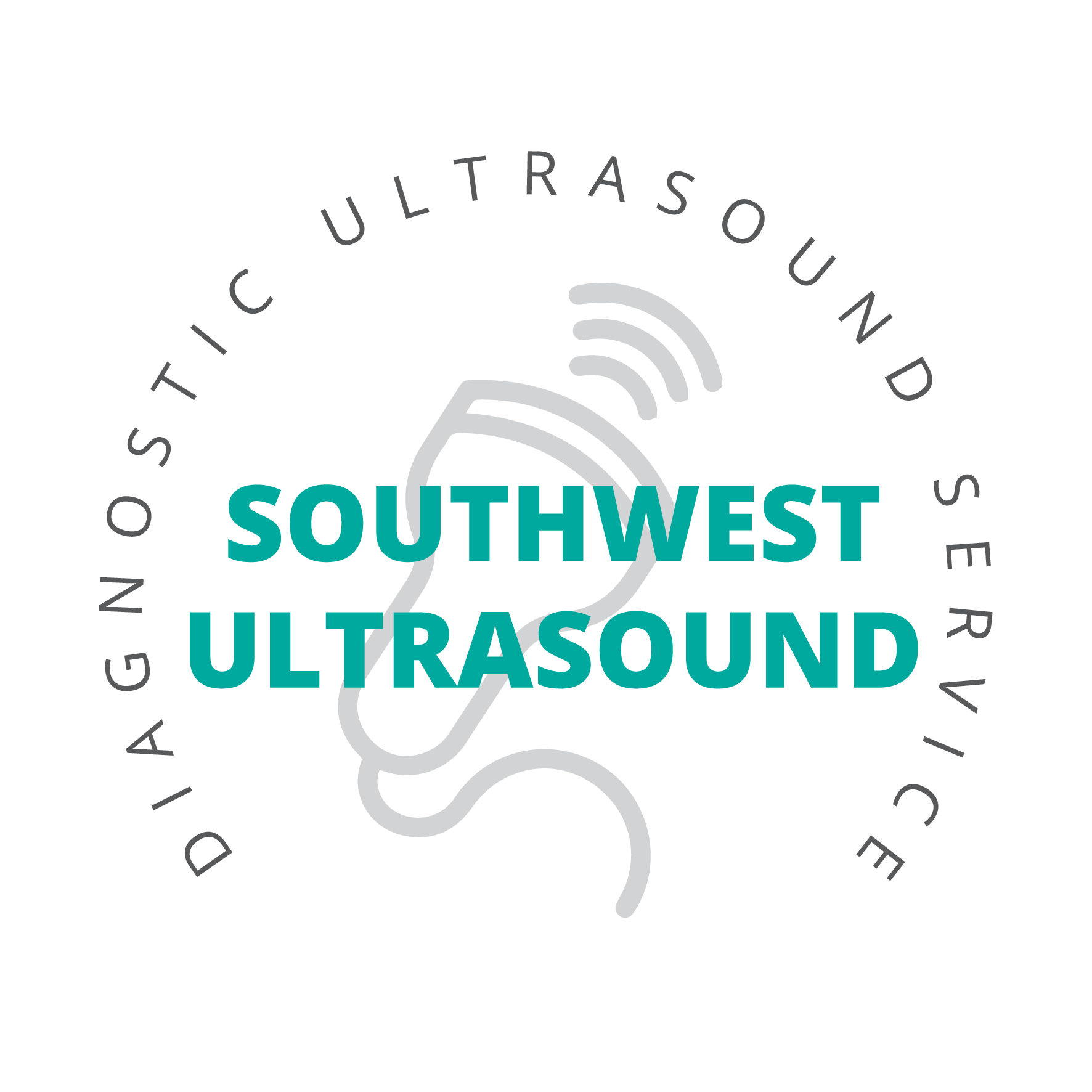Vascular Ultrasound
Vascular ultrasound examines the body’s circulatory system (Arteries and Veins) for abnormalities such as the build-up of plaque on arterial walls, or the presence of thrombus or clot within a Vein. In addition, Doppler can be used to obtain information about the blood flow which is extremely important in diagnosing most Vascular conditions.
Vascular ultrasound may be used to assess blood flow to the brain and the body’s organs and extremities. It is used to assess Varicose Veins, Vascular malformations, Aneurysms or unusual anatomy. It helps the Vascular surgeon or physician to plan treatments, and is of significant use in assessing the outcome of interventional procedures.
Areas commonly imaged with vascular ultrasound include:
Abdominal / Aorta Doppler
Useful in assessing whether there is any abnormal dilatation or ‘ballooning’ of the blood vessel walls.
Your doctor may have requested this examination because you have one or more of the following presentations:
• You have experienced a marked pulsation in your Abdomen
• Other family members have experienced Abdominal Aortic Aneurysm (AAA)
• There has been a previous diagnosis of an Aneurysm which needs to be monitored
• You have previously received surgical or Endovascular treatment of AAA
Renal Artery Doppler
Used to assess the Arteries that supply blood to your Kidneys.
Your doctor may have requested this examination because you may have one or more of the following presentations;
• Unexplained high blood pressure
• High blood pressure that has been difficult to control with routine medication
• Deterioration in the function of your Kidneys
• A blood test giving abnormal results
• Previously diagnosed narrowing or blockage in one or both Renal Arteries (Stenosis), or
• Previous surgical or Endovascular treatment for Renal Artery Stenosis
Carotid Doppler
• Used to assess the Arteries in your neck which supply blood to the Brain. Your doctor will have requested this examination because you may have one or more of the following presentations:
• A recent Stroke or mini-Stroke (Cerebro-Vascular Accident/CVA) or Transient Ischaemic Attack/TIA)
• Pins and needles on one side of your face or in one arm or leg (Parasthesia)
• Difficulty with speech, memory, or ability to swallow
• Transient visual disturbance affecting one eye
• Loss of balance, Vertigo or dizziness
• A family history of Stroke
• Known arterial disease in other parts of your body (coronary or leg arteries)
• Known Cerebro-vascular disease
• Previous treatment for Carotid Artery blockage (a Stent or an Endarterectomy), or
• An unusual sound noted when doctor examined the side of your neck with a Stethoscope
Leg Artery Doppler
Used to assess blood flow in the Arteries in your Abdomen and legs. Your doctor will have requested this examination because you may have one or more of the following presentations:
• Weak or undetectable pulses
• Cramping, tightness or pain in the calf or buttock associated with physical activity (Intermittent Claudication), or
• A follow up to previous treatment for a ‘blockage’ in one or more of your lower limb arteries (Angioplasty, Stent or by-pass)
Varicose Vein Doppler
Used to assess blood flow through the Veins in your legs and assessing for any other abnormalities in your Veins. Your doctor may have requested this test because you may have one or more of the following presentations:
• Varicose Veins in one or both legs
• Extensive 'Spider Veins'
• Skin changes, such as brown Pigmentation, in the lower part of your legs
• An itchy rash associated with Varicose Veins (Venous Eczema)
• A leg ulcer
• Bleeding from a Vein near the skin surface
• Painful clotting in the Varicose Veins (Superficial Thrombophlebitis)
• Previous Deep Vein Thrombosis (DVT), or
• Previous treatment for Varicose Veins (Sclerotherapy, thermal ablation or surgery)
DVT Doppler
Used to assess the deep veins in one or both of your legs/arms for Thrombosis (blood clot).
Your doctor will have requested this because you may have one or more of the following presentations:
• Gradual or sudden onset of pain in the calf or arm
• Unexplained swelling in the leg(s) or the arm(s)
• Pain or swelling after a recent long journey (plane, train or car)
• Pain or swelling after a prolonged period of inactivity, such as a stay in hospital or after a recent surgical procedure
• Following a previous Thrombosis, or
• Suspected or confirmed blood clotting disorder or malignancy
Arm Vein Doppler
Used to assess blood flow of the Veins in your arm.
Your doctor will have requested this examination to assess and map your arm veins prior to surgery or for assessing:
• A graft, or
• An abnormal passageway between an Artery and a Vein (Arteriovenous Fistula)
Arm Artery Doppler
Used to assess blood flow in the Arteries in your arm. Your doctor will have requested this examination because you may have one or more of the following presentations:
• Weak or undetectable pulses, or
• As a follow up to previous treatment for a ‘blockage’ in one or more of your arm arteries (an Angioplasty, Stent or by-pass)
What to bring
• A Referral from your doctor or specialist is required for this examination, please ensure you bring this to your appointment.
• Medicare card
• Previous imaging report not performed at Southwest Ultrasound
Preparation
Depending on the body area being examined with Doppler Ultrasound you may be required to fast. Your preparation will be discussed with you at the time of making your appointment.
What to expect during my procedure
Once you arrive at Southwest Ultrasound you may be asked to change into a gown and remove jewellery depending on the area to be scanned. The Sonographer performing the examination may begin by discussing your medical history. Ultrasound gel will then be applied to the area to be examined. This allows for good contact between the skin and the ultrasound transducer. An ultrasound transducer will then be used to scan the relevant anatomy.
You will feel the firm pressure from the transducer as it runs along the course of the blood vessels, and you will hear the sound of the Doppler from time to time, but there should be minimal discomfort.
A routine series of images that will be taken.
Risks and side effects
Ultrasound uses high-frequency sound waves to produce images, there are no known side effects from having a diagnostic ultrasound scan performed for medical imaging purposes.
The Sonographer applies techniques to ensure that your scan is a safe procedure. For this reason, your scan should only be performed by an accredited Sonographer, or trained medical practitioner, and a scan should only be performed when clinically indicated.
Who will perform and report my examination
At Southwest Ultrasound your ultrasound examination will be carried out by a Sonographer (a technologist trained in ultrasound imaging) and accredited by the Australian Sonographer Accreditation Registry (ASAR). Your images will be reviewed and reported by a radiologist (a medical doctor specialiZing in the interpretation of medical images).
How do I receive my results?
Results will be made available to your referring doctor within 24 – 48 hours. In an emergency situation, you referring doctor will be contacted.

